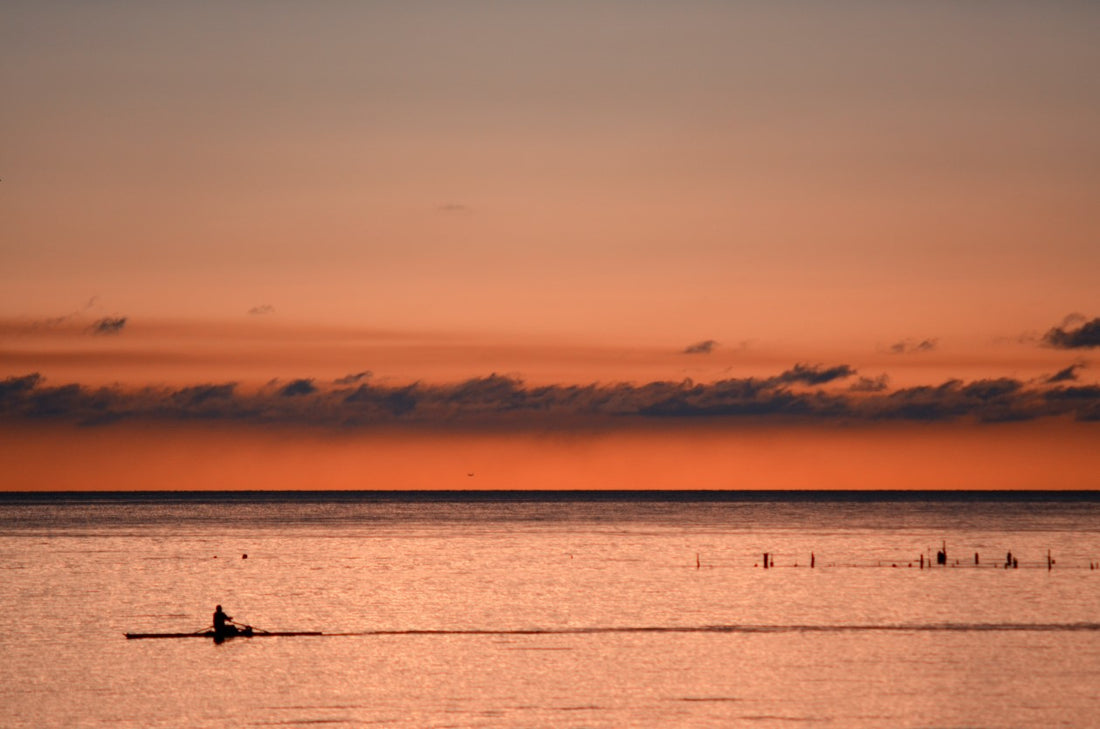
Kayaking and canoeing are exhilarating water activities that allow you to explore nature and experience the beauty of coastal, river, and estuary environments. However, paddling in areas with strong tidal currents requires careful planning and specialized knowledge. In this guide, we'll delve deeper into the art of navigating tidal currents, offering essential tips to ensure a safe and enjoyable kayaking or canoeing experience.
Understanding Tidal Currents: Tidal currents are the rhythmic flow of water resulting from the gravitational forces exerted by the moon and the sun on the Earth's oceans. These currents can be powerful and dynamic, making them a thrilling challenge for paddlers. To safely navigate tidal currents, follow these key steps:
-
Research and Prepare: Begin by researching the tidal patterns of the area you plan to paddle in. Obtain tidal charts or consult local maritime authorities to understand the times of high tide, low tide, and the rate of tidal flow. This knowledge forms the foundation for your paddling strategy.
-
Timing Is Everything: Timing is crucial when kayaking or canoeing in tidal currents. Plan your trip during periods of slack tide, which occur when the current is neither incoming nor outgoing. This minimizes the challenges posed by strong currents. Aim to start your journey shortly after high tide or low tide, when the currents are less intense.
-
Route Planning: Before you hit the water, study the waterways and channels in your chosen area. Identify safe routes that allow you to take advantage of favorable currents and avoid treacherous ones. Keep in mind that tidal currents can vary significantly within a given water body.
-
Eddies and Eddylines: Eddies are calm areas of water formed by the interaction of currents. Eddylines are the transition zones between currents and eddies. These features can serve as strategic resting points or navigation aids. Learn to identify and use them to your advantage.
-
Safety Measures:
- Always wear a properly fitted personal flotation device (PFD) while on the water.
- Share your paddling plans with a reliable person, including your intended route and estimated return time.
- Carry communication devices such as a waterproof phone case or a marine radio for emergencies.
- Pack essential safety gear like a whistle, signaling devices, a first aid kit, and a paddle float.
Advanced Considerations: For those with more experience, kayaking and canoeing in strong tidal currents can be a rewarding challenge. However, it's essential to continue honing your skills and knowledge:
- Paddling Techniques: Master advanced paddling techniques, such as bracing, ferrying, and eddy hopping, to effectively navigate challenging currents.
- Navigation Instruments: Invest in navigation tools like tide watches or GPS devices that provide real-time information about tidal patterns.
- Local Insights: Seek advice from experienced local paddlers who are familiar with the area's tidal intricacies. They can offer valuable guidance and firsthand knowledge.
Kayaking and canoeing in areas with strong tidal currents can provide a memorable adventure, but it demands thorough preparation and respect for the water's power. By understanding tidal patterns, planning your route carefully, and following safety protocols, you'll be well-equipped to embrace the challenges of tidal currents while ensuring your safety and enjoyment on the water. Remember, each paddling journey is a learning experience, so continue to refine your skills and explore new waters responsibly.
